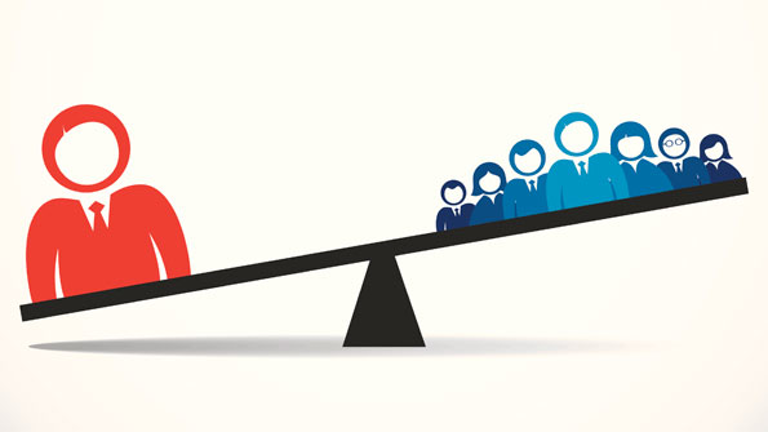Kerby Anderson
Everything you know about income inequality, poverty, and other measures of economic well-being in America is wrong. Former senator Phil Gramm was on my program to make that case recently. He is the co-author of the book, The Myth of American Inequality: How Government Biases Policy Debate. I might mention that his co-authors hold very different political views than he does, but they do agree that we need to get the facts right before we have a policy debate about economic issues.
The myth of American inequality began back in the late 1940s when the Census Bureau excluded all income that was not paid in the equivalent of cash. That simplification made sense back then but made less sense when the 1965 War on Poverty expanded government benefits. Medicare, Medicaid, Food Stamps, and hundreds of other government benefits are not counted as income to the recipients.
Another popular myth is that income inequality is growing. When all the transfer payments just mentioned are counted as income to the recipients and all taxes are counted as income lost to the taxpayer, income inequality is lower today than it was 70 years ago.
As you might imagine, the bias we just mentioned also affects the official measure of well-being. For example, the government does not measure 88 percent of all transfer payments the poor receive when calculating the poverty rate. If those payments are included, then the poverty rate in 2017 would be 2.5%. For comparison, the official poverty rate that year was 12.3%.
The authors also make specific recommendations for dealing with some of the reasons for income inequality. If we are going to have a productive policy debate about these economic issues, we need to listen to these authors and get the facts right. 
 Listen Online
Listen Online Watch Online
Watch Online Find a Station in Your Area
Find a Station in Your Area










 Listen Now
Listen Now Watch Online
Watch Online
